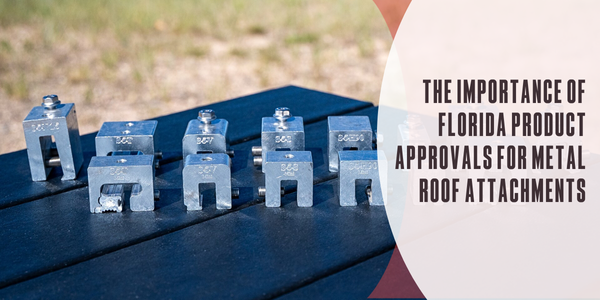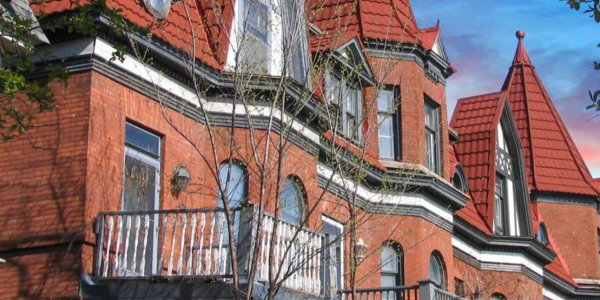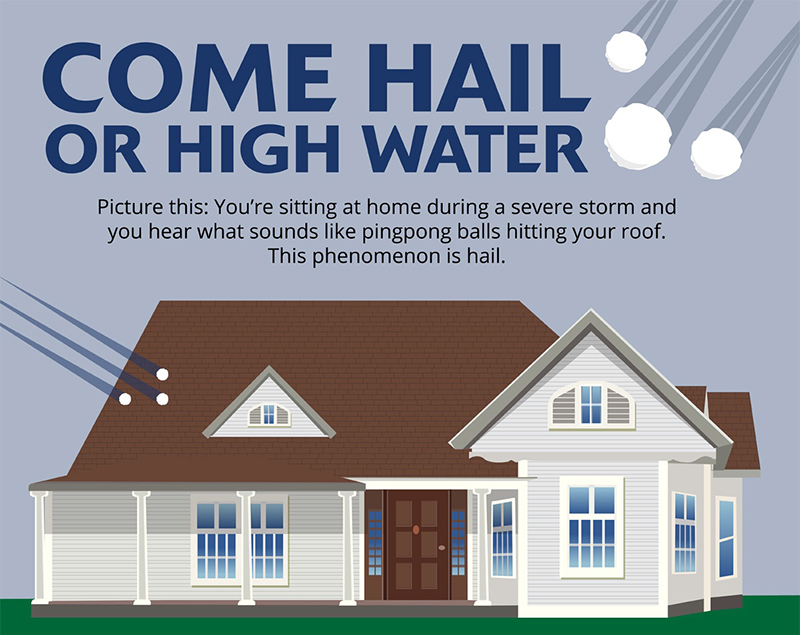Potential Damages Flat Roofs Face During Winter

By ICP Group.
Educate your customers so they know the kinds of damage snowfall has on a flat roof and recognize the signs it needs to be repaired.
With winter on the way, snow and freezing temperatures can come creeping up before we know it. By helping your clients understand how winter conditions affect flat roofs they will better understand when to call you for help. Share these potential damages to look out for with your customers:
Damages snow causes to flat roofs:
-
Ponding/bowing: As snow falls, it can accumulate on a flat roof, putting unnecessary weight on the structure. This down-bearing pressure can cause the roof to bow, and result in ponding under the roof structure. Since snow falls at slow, steady speeds, large quantities of snow can fall on the roof, resulting in bowing. Ponding water on roofs not only affects the integrity of the roof materials but can also interfere with the function of the HVAC and other electrical systems. Once water begins to pond on a flat roof, it can lead to the following problems.
-
Freeze-thaw: When the snow melts on a flat roof, it can cause ponding. This accumulation of water could evaporate, but generally, with colder temperatures, the water will freeze again before it exits the roof. When water freezes, it expands. This means that water that has seeped into cracks or crevices on the roof is subject to further damage as the water continues to freeze and thaw.
-
Leaks: Another possible damage that can result from ponding snow water is leaks. With the added weight from snow build-up, the roof may bow and water may find its way into the building itself. Leaks are usually a gradual problem, hard to detect at first, but can result in costly damage to the roof itself. If snow loads are not properly removed, the roof can collapse (worst-case scenario) which can lead to costly repairs and safety concerns for all those who work in the building.
Signs a flat roof needs attention
Look for the following signs of potential damage from snowfall:
-
Bowing or buckling of walls or beams
-
Extreme icicle formation along the edges of the roof
-
Large chunks of ice or snow falling from the roof
-
Evidence of leaks
-
Cracks in the ceiling
-
Displaced tiles on suspended roofs
Tips for protecting a flat roof from snow damage
The good news is, despite the harsh effect winter weather can have on a flat roof, there are several preventative measures your customers can take in order to avoid significant damages:
-
Before the first snow even falls, help them create an emergency plan for dealing with winter storms.
-
Determine the maximum amount of snow accumulation their flat roof can handle.
-
Perform regular roofing inspections to determine the integrity of a flat roof and if all the draining avenues are in working order.
Prepare a snow removal maintenance plan with your customers to include:
-
Clearing away large amounts of snow fall from the surface of the roof.
-
Removing ice dams immediately in order to prevent ponding and future occurrences.
-
Using de-icing or melting products that are suitable for the type of roof membrane.
-
Clearing gutters and drain spouts of any accumulation to ensure proper drainage when the snow begins to melt.
Maintaining the integrity of a commercial flat roof is a year-round job. Pass these preventative measures along to ensure that your clients’ flat roof is ready to handle the stress of winter weather.
Learn more about ICP Group in their RoofersCoffeeShop® Directory or visit icpgroup.com.
Original article source: RoofSlope























Comments
Leave a Reply
Have an account? Login to leave a comment!
Sign In